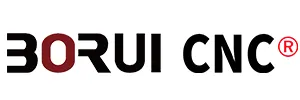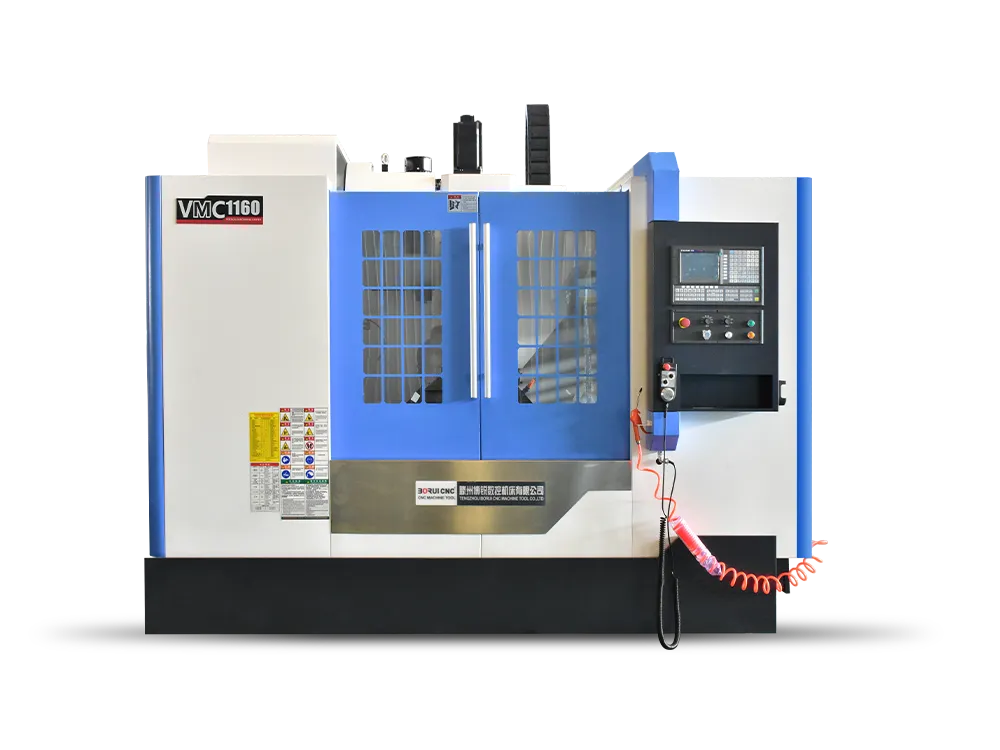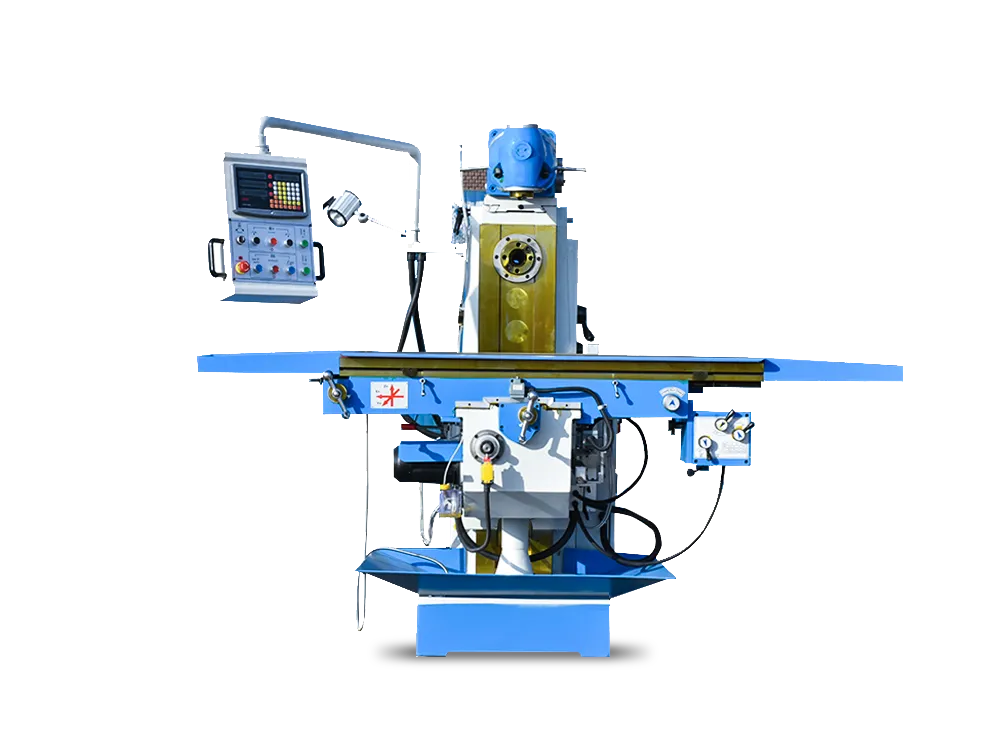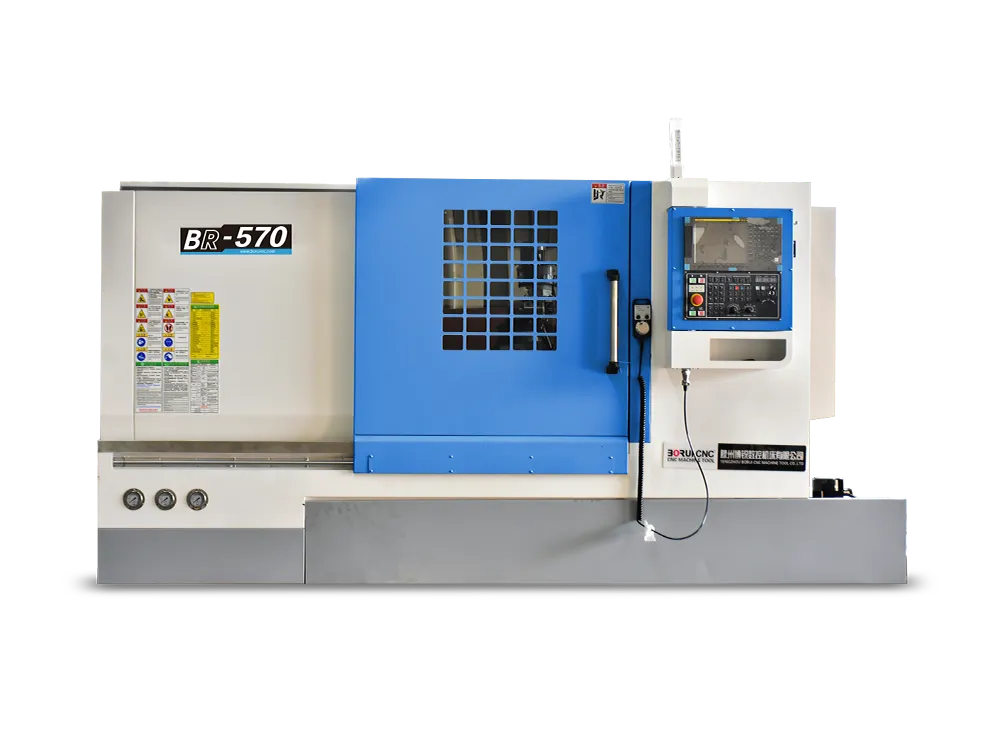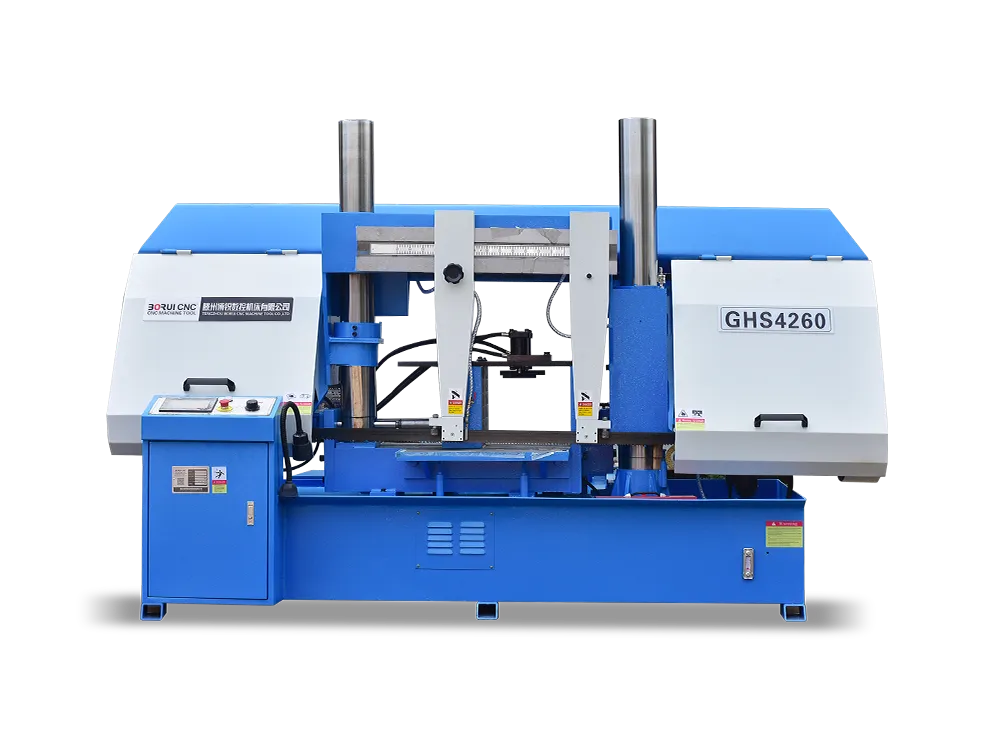A good mechanical process engineer must be a good processing equipment application engineer, who has a very accurate and full understanding of the types of various processing equipment in the mechanical industry, the scope of processing application, structural characteristics, processing accuracy, etc., and can also be practically combined with the specific situation of the equipment of his company. Reasonable equipment layout and arrangement for a variety of different processing parts and processing processes, understand their processing advantages, but also know their processing disadvantages, can be very good to develop strengths and avoid weaknesses to coordinate the company’s machining work.
Types Of CNC Lathe
- CNC flat lathe: lathe used for machining flat, cylindrical, internal and external conical surfaces and other workpieces, suitable for processing a variety of small and medium-sized workpieces.
- CNC vertical lathe: the workpiece clamping method is vertical clamping, and the spindle is vertical layout, which is suitable for processing the workpiece with large diameter and short height, such as disk parts and wheel hubs.
- CNC slant bed lathe: bed inclined arrangement, workpiece clamping mode is horizontal clamping, suitable for processing long strip workpieces, such as shaft parts.
- Turning and milling compound CNC machine: Combining the functions of lathe and milling machine, it can carry out various processing operations such as turning, drilling, milling and so on.
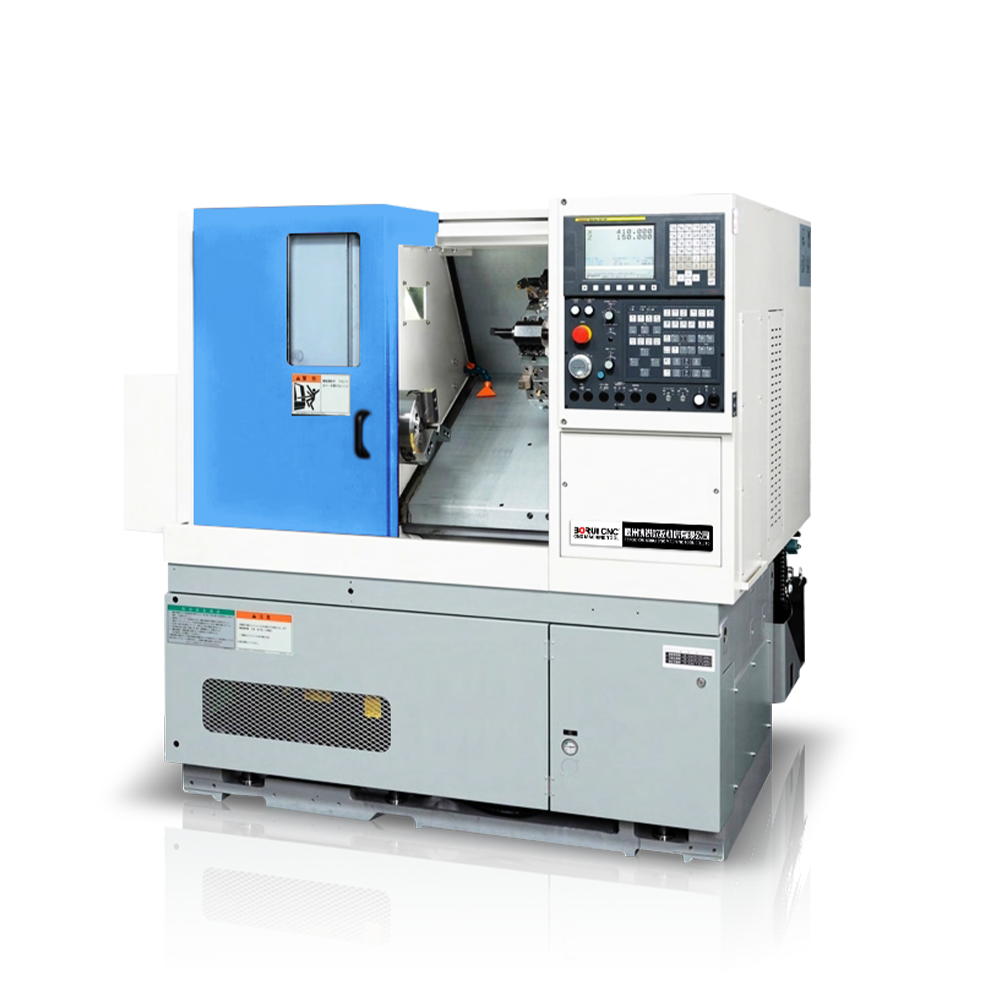
Type Of CNC Machining Center
- Vertical machining center: the workpiece clamping method is vertical clamping, the spindle is vertical layout, suitable for processing plane, surface, hole processing, etc., often used in mold manufacturing, parts processing and other fields.
- Horizontal machining center: the workpiece clamping method is horizontal clamping, the spindle is horizontal layout, suitable for processing long, wide and high size of the workpiece, often used in automotive parts, aerospace and other fields.
- Gantry machining center: the bed is arranged as a bridge structure, which is suitable for processing large workpieces, such as large molds and ship parts.
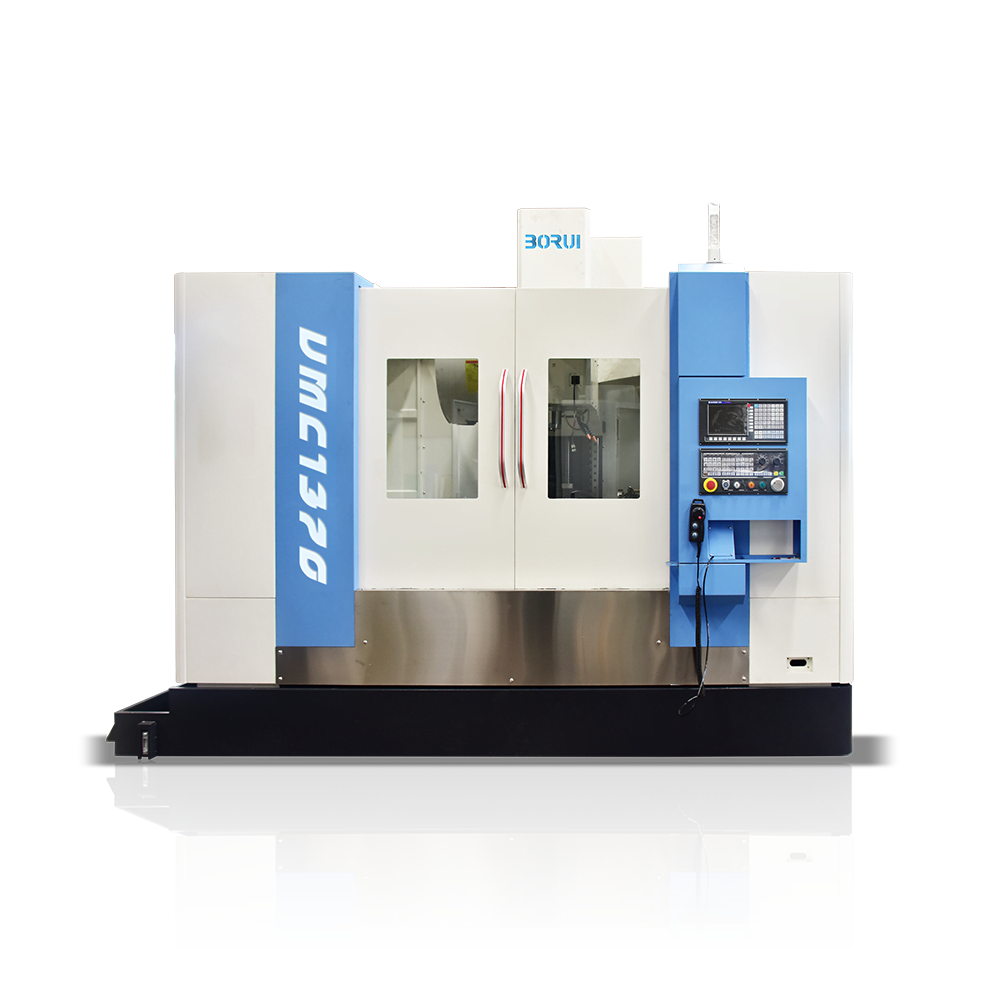
CNC Lathe Processing Range
- Cylindrical machining: CNC lathes can be cylindrical machining, that is, the outer surface of the workpiece is turned by the tool to achieve the machining and precision control of the workpiece diameter.
- Internal machining: CNC lathe can carry out internal machining, that is, the inner surface of the workpiece is turned by the tool to achieve the machining and precision control of the aperture.
- Length processing:CNC lathes can carry out length processing, that is, cutting the workpiece through the tool to achieve the processing and precision control of the length of the workpiece.
- Thread processing: CNC lathe can be threaded processing, that is, cutting on the workpiece through the tool to achieve thread processing and precision control.
- Surface processing: CNC lathes can be surface processing, that is, cutting through the tool on the plane of the workpiece to achieve plane processing and precision control.
Processing Range Of The Machining Center
- Plane processing: The machining center can carry out plane processing, that is, milling or cutting on the surface of the workpiece through the tool to achieve the processing and precision control of the plane.
- Surface processing: The machining center can carry out surface processing, that is, milling or cutting complex shapes on the surface of the workpiece through the tool to achieve surface processing and precision control.
- Hole processing: The machining center can carry out hole processing, that is, drilling, milling or tapping operations through the tool inside the workpiece to achieve the processing and precision control of the aperture and hole position.
- Thread processing: The machining center can be threaded processing, that is, the tool is cut on the workpiece to achieve the processing and precision control of the thread.
- Parts contour processing: The machining center can carry out parts contour processing, that is, the contour milling or cutting of complex shapes on the workpiece by the tool to achieve the processing and precision control of the parts shape.
- Parts chamfering machining: The machining center can carry out parts chamfering machining, that is, chamfering cutting on the edge of the workpiece by the tool, to achieve smooth processing and precision control of the edge of the part.
